Lowest Price Guaranteed Shop Now
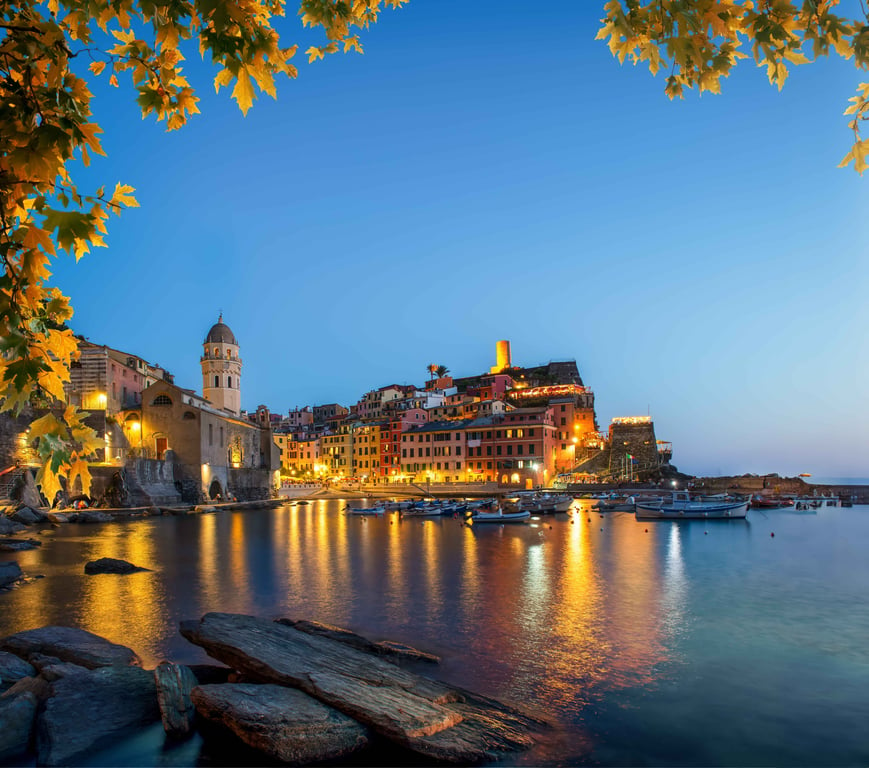
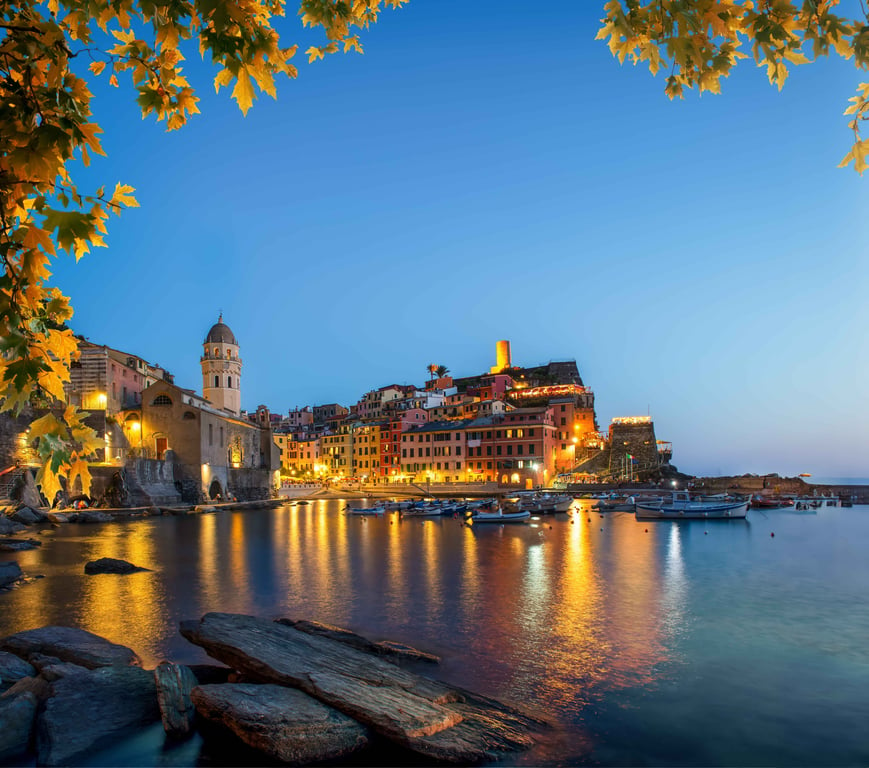
When you look at your landscape it can be a daunting thought to devise a plan of attack for your lighting design. Feelings of overwhelm are all too common especially since landscape lighting forms the entire “look” of your outdoor space.
Most likely you have heard some of the popular buzzwords like spotlighting, shadow lighting, or even different types of lights like low-voltage. Open any landscape magazine and you will find numerous ways to light your outdoor space. Even though millions of ideas exist, it is not that easy to devise a lighting design that is all your own.
It is essential to understand the basic types of lighting so you can effectively communicate your thoughts either to a lighting designer or anyone who is assisting you. If you are interested in simply adding more light to your landscape, knowing some basic information will save you unnecessary stress in the long run.
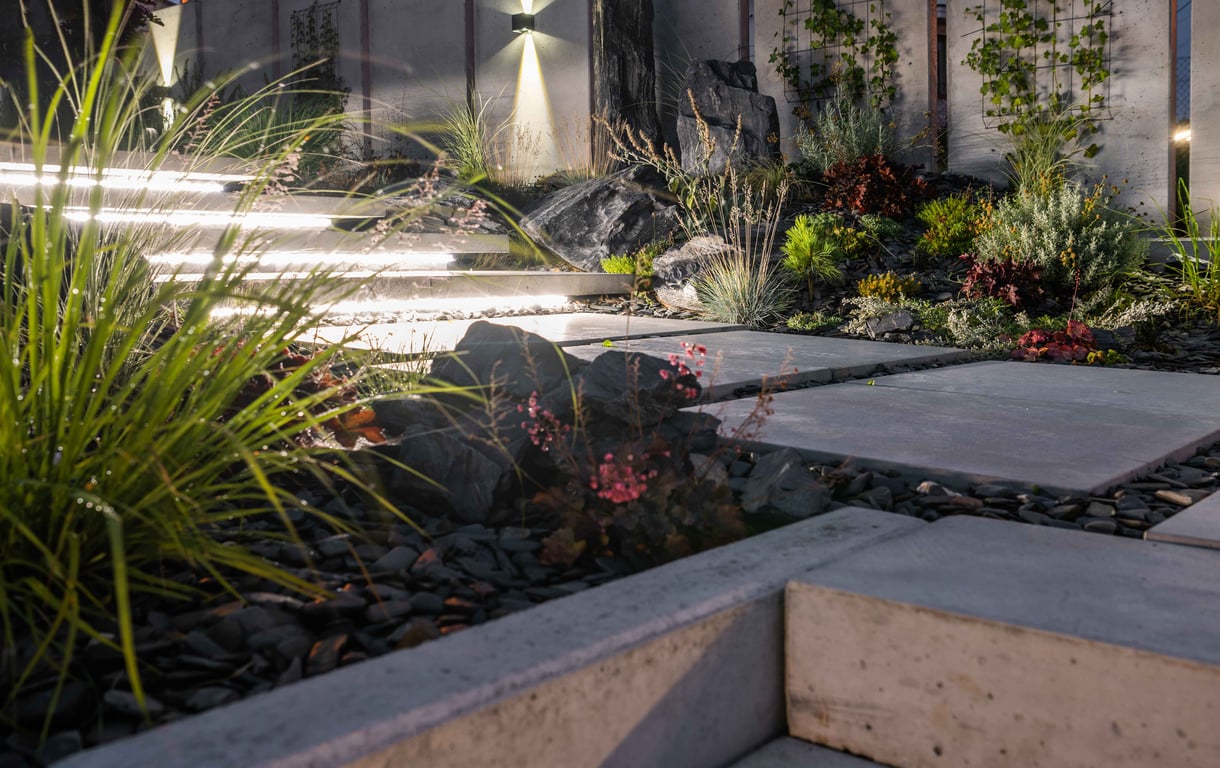
Your walkways and paths can be highlighted not only to illuminate for safety reasons, but also to instill a feeling of elegance. Think of your path as a royal walkway or an entrance to an exotic palace. You can create any personality you want with your path lighting.
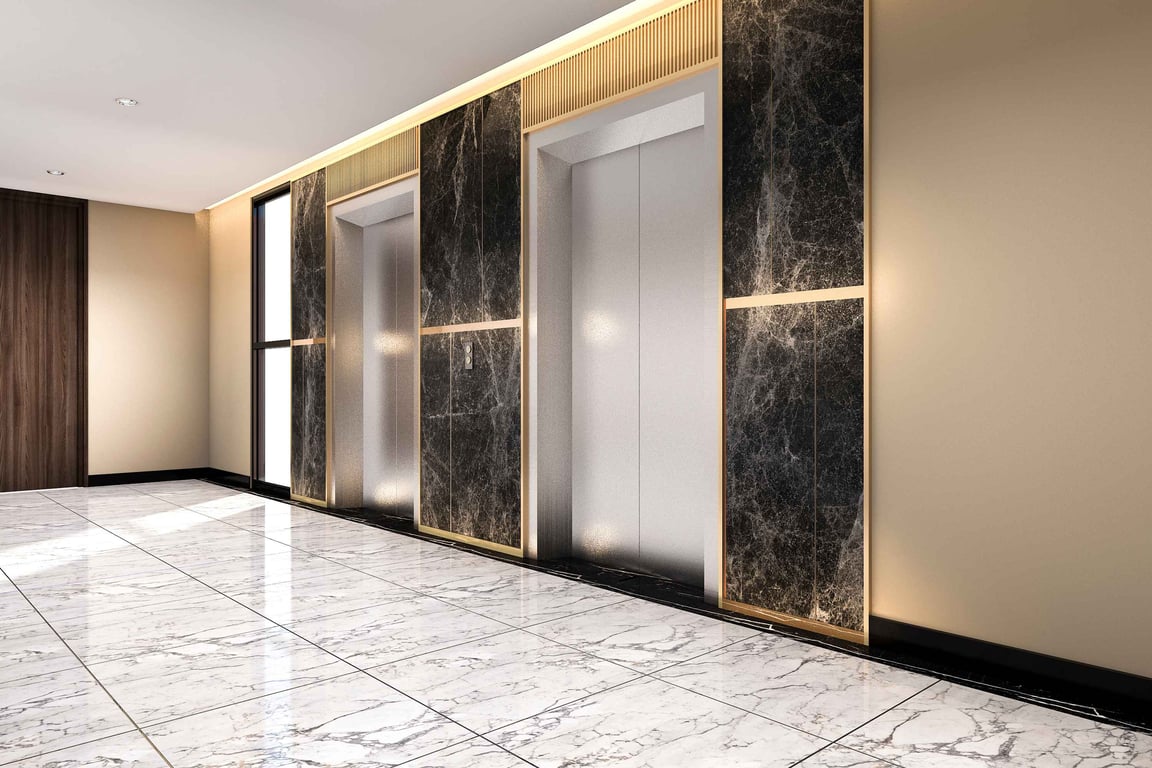
Downlighting occurs when a light is placed in an elevated location and pointed downward to highlight a large surface area. Downlighting adds a beautiful effect and can mimic the glow of the moonlight hovering down on a beautiful landscape.
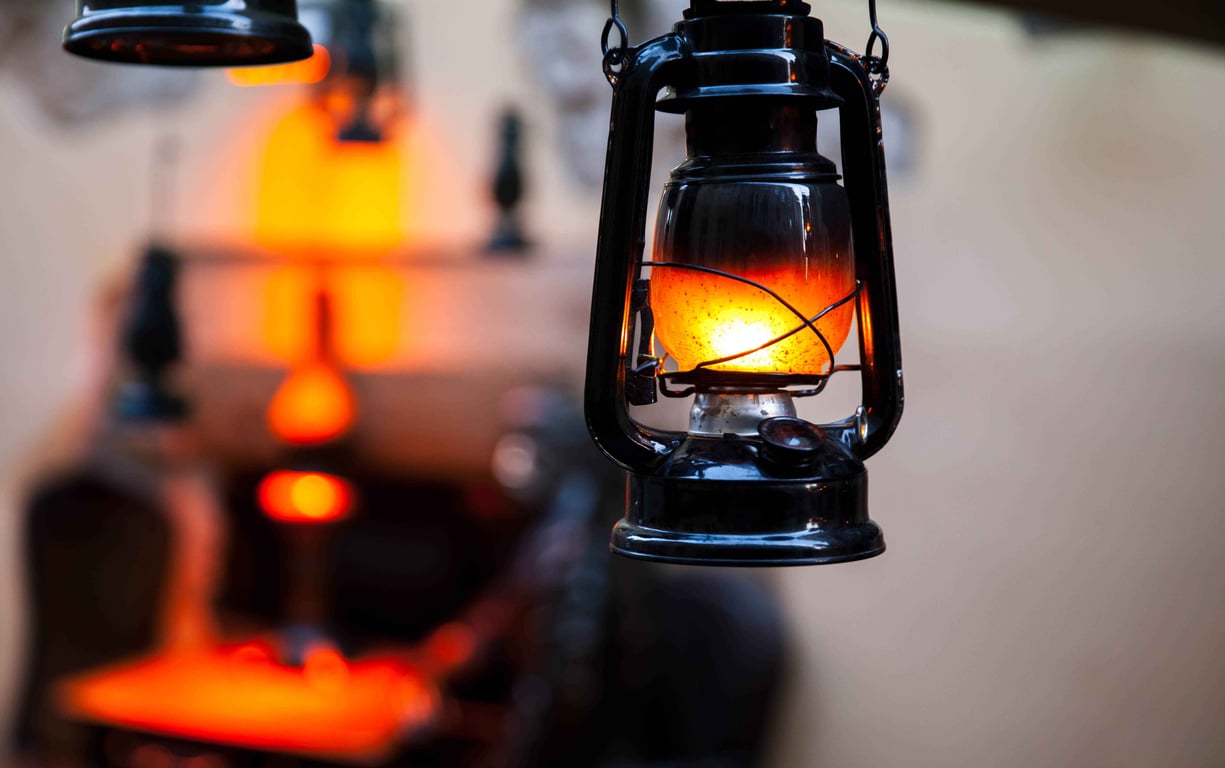
Candle lanterns are a great lighting addition to any landscape. They illuminate patios, decks, pools and porches with a sophisticated ambience. They are also easy to find and come in all different shapes, colors and styles. Lanterns are a great way to show off more of your personal style in your lighting. You can even use post lanterns for walkways. Post lanterns are especially effective in an Asian-themed landscape.
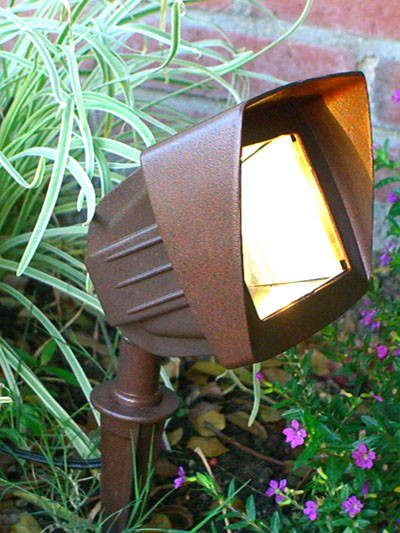
Flood lights illuminate your home’s best features whether an architectural masterpiece, a fountain or a beautiful oak tree.
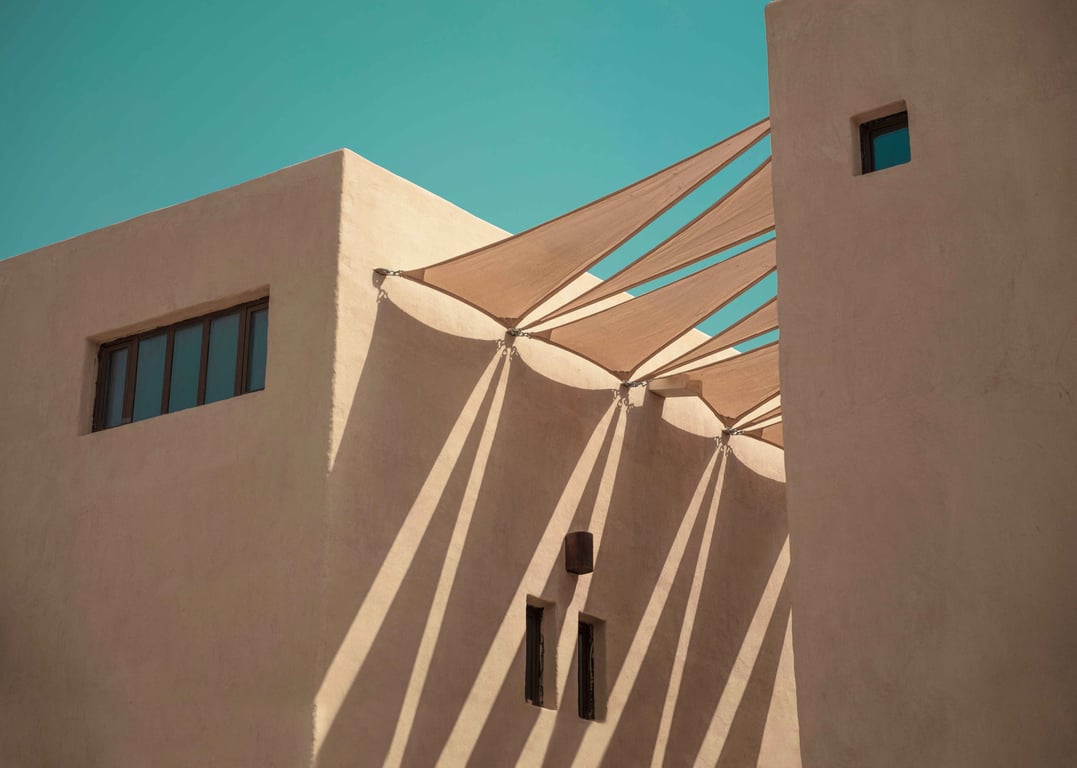
Shadow lighting emits a light onto a surface that is in front of another object. This object can be a wall, garage, tree or any other stationary item. The lighting fixture is installed on the ground and the light is pointed upward toward the surface item. This technique casts a shadow on the object behind it. You can play around with the distance of the surface item and the object since the light will appear more blurry and less-defined the further the distance.
With these few lighting tips and styles, you can be more equipped to start your lighting design on the right foot.